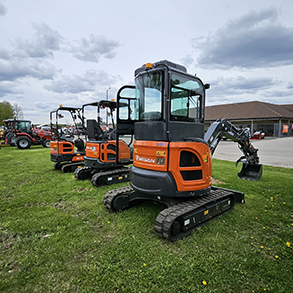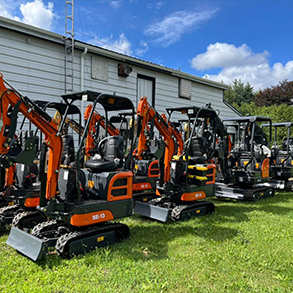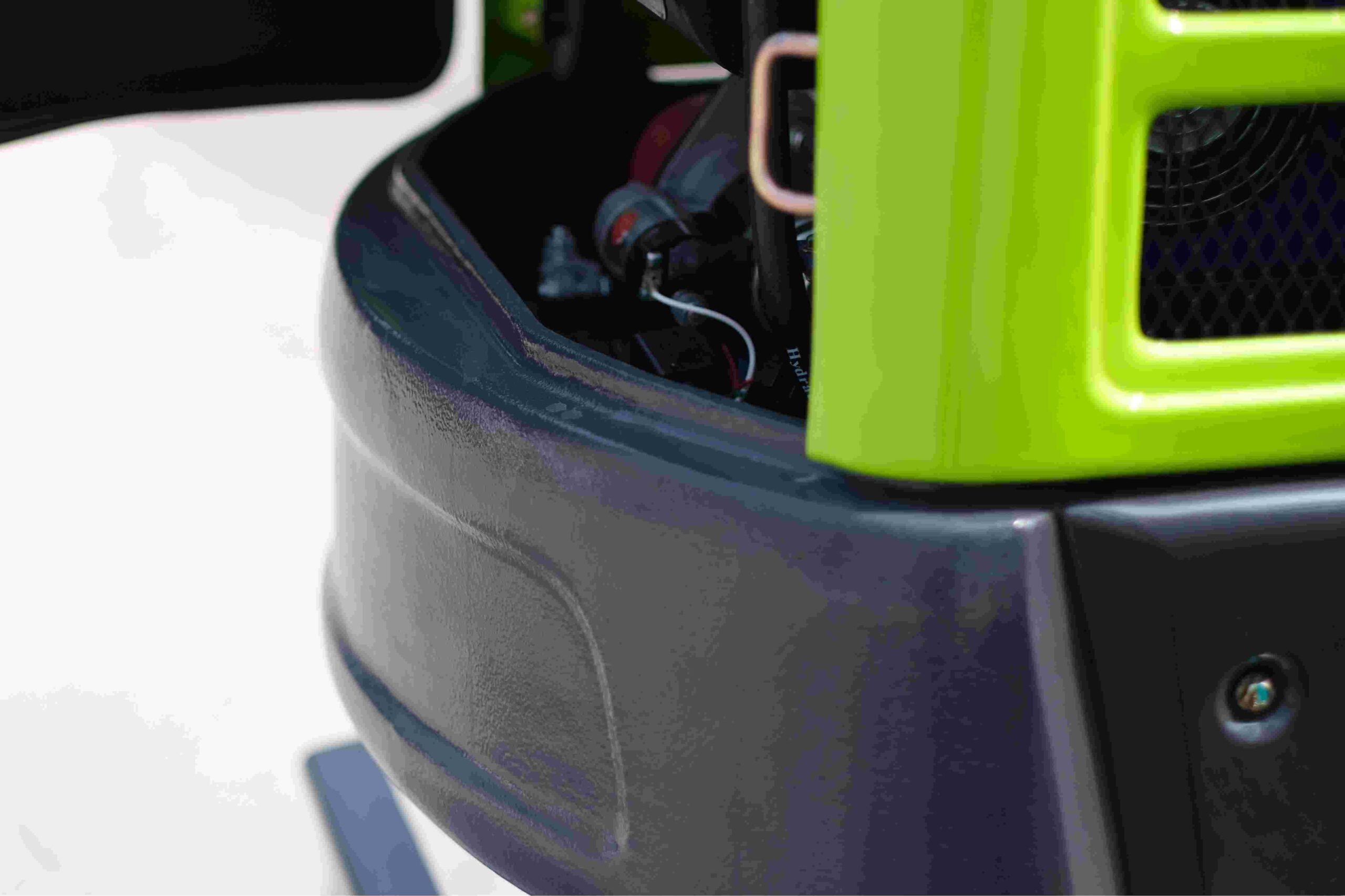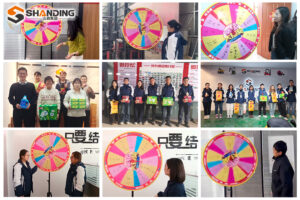In recent years, China’s small excavator market has shown strong growth in the international market, with export figures repeatedly reaching new highs. In July 2025, China’s excavator exports reached 9,832 units, a year-on-year increase of 31.9%, with small excavators accounting for a significant share.13 This phenomenon is driven by the rise of China’s manufacturing industry, growing global infrastructure demand, and breakthroughs made by Chinese companies in technological innovation and market strategies. This article will deeply analyze the five key factors driving the hot sales of Chinese small excavators in the international market and explore future development trends.


Global Infrastructure Boom and Labor Replacement Demand
Currently, global infrastructure construction has entered a new growth cycle. Emerging markets such as Southeast Asia, Africa, and Latin America are accelerating urbanization, while European and American countries are also upgrading and renovating aging infrastructure. These markets have strong demand for small excavators, especially compact equipment suitable for working in confined spaces. For example, mining in Africa, urbanization in Indonesia, and integrated infrastructure projects in Latin America have all driven the growth of Chinese small excavator exports.13
At the same time, rising global labor costs and an aging population have made mechanized construction an inevitable choice. Small excavators, due to their flexible operation and high efficiency, can replace significant amounts of manual labor, making them popular in municipal engineering, agricultural irrigation, landscaping, and other fields. 9 Chinese small excavators, with their high cost-effectiveness, have become the preferred choice in these markets.
Technological Upgrades and Electrification Trends in Chinese Small Excavators
Chinese construction machinery companies have made significant breakthroughs in technological innovation in recent years, particularly in the areas of electrification and intelligentization. For example, Shandong Shanding Group’s fully electronic excavators can be remotely upgraded via over-the-air (OTA) software, adjusting equipment performance to suit different operating scenarios, significantly enhancing their market competitiveness. Electric small excavators offer zero emissions and low noise, complying with stringent environmental regulations in European and American markets, making them popular in developed markets as well.


Furthermore, the application of intelligent technologies, such as precise excavation control, remote monitoring, and preventive maintenance, has further improved the efficiency and reliability of Chinese small excavators. These innovations have enabled Chinese brands to gradually shed their low-end image and enter the high-end market.
Policy Support and Belt and Road Market Expansion
The Chinese government is actively promoting the “going global” development of its high-end equipment manufacturing industry. The Belt and Road Initiative provides Chinese construction machinery companies with vast overseas market opportunities. In the first half of 2025, China’s construction machinery exports reached US$27.998 billion, a year-on-year increase of 9.4%, with excavator exports growing by 23.1%. Countries along the Belt and Road, such as Southeast Asia, Central and Eastern Europe, and Africa, have become important export destinations for Chinese small excavators.
Concurrently, domestic policies such as the “old for new” program and special bond support have also promoted upgrades in the construction machinery industry, enabling Chinese companies to invest more resources in international market development.
Price-to-performance Advantages and Localized Service Networks
Compared to Japanese, European, and American brands, Chinese small excavators offer significant price advantages, while the gap in quality and performance is rapidly narrowing. Chinese companies have significantly improved after-sales response times by establishing overseas branches and localized service networks. For example, Shanding Group’s overseas sales revenue grew by over 30% in the first half of 2025, far exceeding the industry average growth rate of 10%.
Chinese companies are also developing customized products tailored to specific market needs, such as enhanced versions for tropical climates and electric models that meet European and American emission standards, further enhancing their market competitiveness.
In the future, as global demand for green construction equipment grows, electrification and intelligentization will be key to further expanding the market share of Chinese small excavators. Furthermore, the increasing popularity of rental models may also change the traditional equipment sales landscape, necessitating proactive planning by Chinese companies.
The strong sales of Chinese small excavators in the international market embody the transformation and upgrading of China’s manufacturing industry and are the result of the combined effects of global infrastructure demand and technological innovation. As Chinese companies continue to enhance their product competitiveness and improve their global service systems, Chinese small excavators are expected to occupy a more prominent position in the global market, becoming a new hallmark of “Made in China.”




